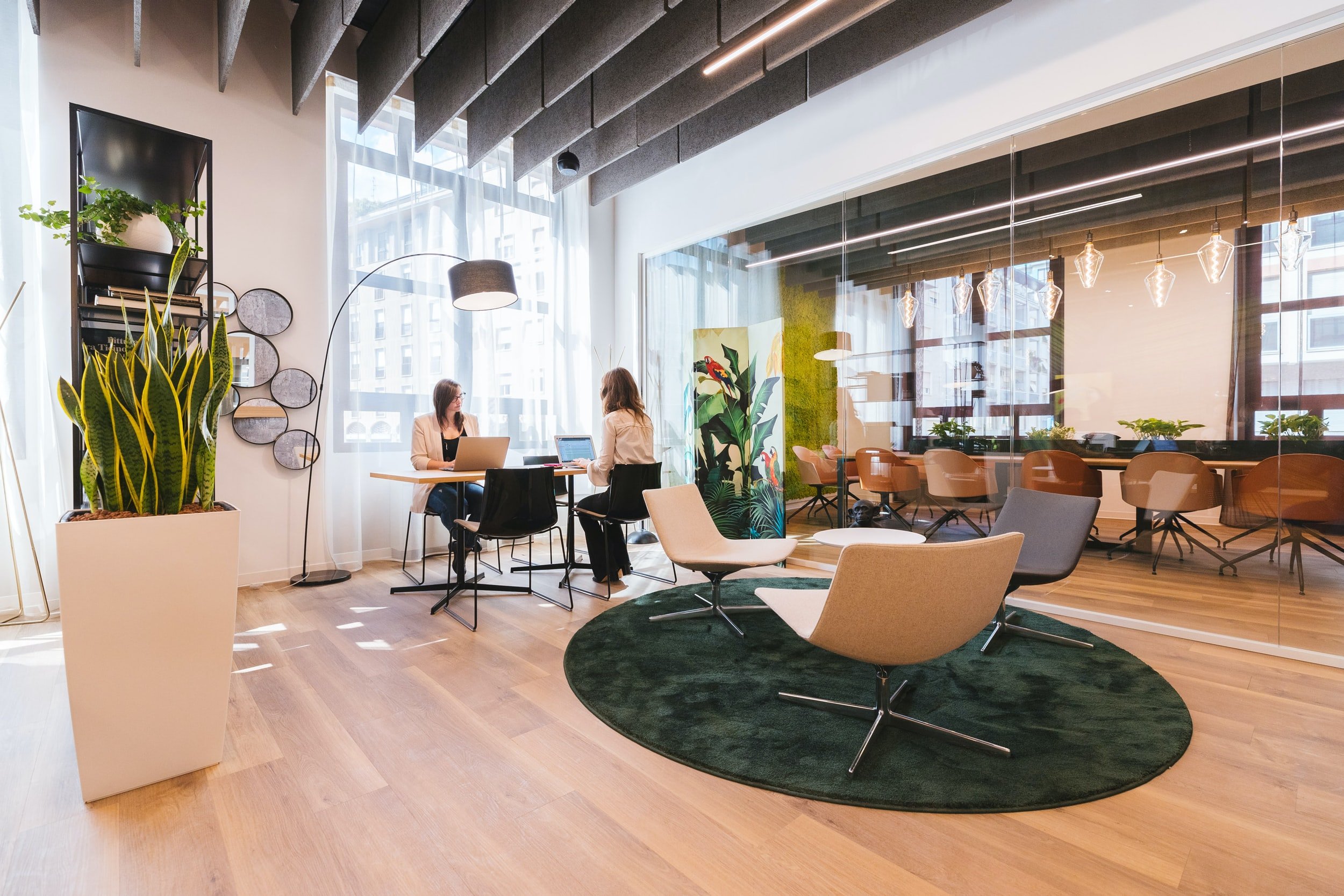
Our team of accredited WELL APs provide expert guidance throughout the process of achieving WELL certification.
Why Choose Sustainahaus?
Satrio Prakoso and Mirza Annisa are our in-house WELL APs, who are experienced in integrating health and wellness measures into building design and operations and guiding projects through the WELL certification process.
A WELL AP (Accredited Professional) is a professional with expertise in the WELL Building Standard and the principles of people-focused design. They can provide guidance to architects, designers, developers, and building managers on how to incorporate health and wellness features into building design and operations.
The WELL Building Standard
The WELL Building Standard is a performance-based certification system developed by the International WELL Building Institute (IWBI) to promote the health and well-being of building occupants. To achieve WELL certification, a building or space must meet a set of rigorous requirements and performance targets in each of these categories. The standard is based on scientific research and input from health and building professionals.
WELL v2 is the latest version of the WELL Building Standard and builds upon the foundation set by the previous version, WELL v1. WELL v2 is designed to be more flexible, more rigorous, and more inclusive than its predecessor, with a focus on improving the health and well-being of building occupants. It includes a set of strategies that aim to promote health and well-being through design and operational interventions, and fosters a culture of health and wellness in the workplace or building.
WELL v2 Ten Concepts
The ten concepts in WELL v2 are:
Air: Promotes clean air through strategies to reduce sources of indoor air pollution, as well as enhanced ventilation design and maintenance.
Water: Ensures safe and clean water through strategies to prevent contamination in building water systems and promote healthy drinking water access.
Nourishment: Encourages healthy eating habits through design and operational strategies that provide occupants with healthier food choices, behavioral cues, and knowledge about nutrient quality.
Light: Supports exposure to natural and artificial light that promotes health, quality of life, and natural circadian rhythms through window placement and lighting design.
Movement: Encourages physical activity and reduces sedentary behavior through the design of buildings, streetscapes, and furnishings.
Thermal Comfort: Promotes occupant productivity and health through design and maintenance of temperature, humidity, and air movement.
Sound: Supports health and well-being through the control of indoor environmental acoustics.
Materials: Reduces exposure to hazardous building materials and promotes the use of sustainable and healthy building materials.
Mind: Optimizes cognitive and emotional health through design, technology, and treatment strategies.
Community: Encourages social interaction and community engagement through the design of indoor and outdoor spaces.



